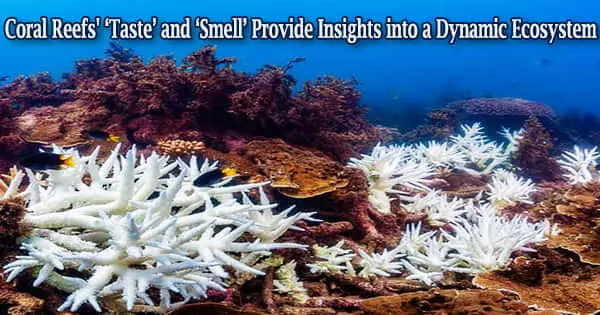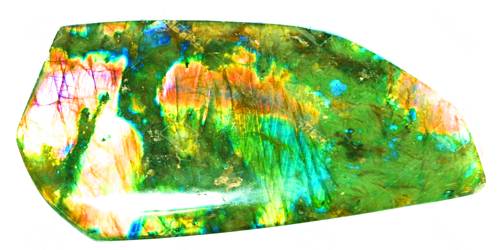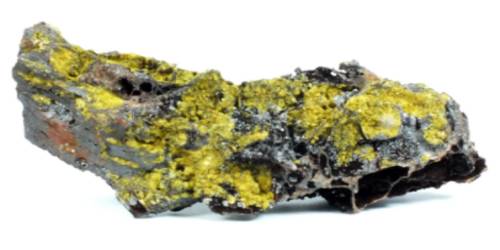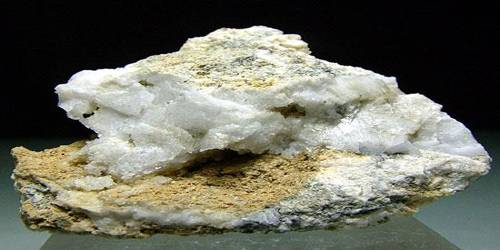Coral reefs are biodiversity hotspots that are incredibly productive due to the large number of creatures that interact at the same time. A group of scientists has found hundreds of chemicals produced by crucial components of the coral reef community.
The “smell” or “taste” of corals and algae in a tropical reef is made up of modified amino acids, vitamins, and steroids, which will help scientists better understand the food web dynamics and chemical ecology of these ecosystems.
The study was published today (2nd February 2022) in the Proceedings of the National Academy of Sciences by Scripps Institution of Oceanography at UC San Diego, the University of Hawai’i (UH) at M?noa, and the NIOZ Royal Netherlands Institute for Sea Research.
Although coral and seaweeds (limu) are attached to the seafloor, chemicals dissolved in the water allow these creatures to interact. Despite the importance of these molecules produced during photosynthesis and discharged into the marine environment, biologists have never been able to determine their number, energy content, or structural variety.
Thousands of molecules
The researchers used untargeted tandem mass spectrometry, a cutting-edge analytical technique, to characterize the millions of tiny chemicals that organisms need for growth, communication, and defense.
“We have known for years that organic molecules play a big role in the fate of coral reef systems, but until now we did not have the analytical capabilities to analyze the dynamics of thousands of different molecules that make up the coral reef ‘exometabolome’,” said Andreas Haas, senior author on the work.
There were several surprises with our findings. First, very few molecules were universal to all five of the organisms we studied. Even the two species of corals made few of the same molecules more than 85% of the molecules we measured were unique to just one specific organism.
Wegley Kelly
The researchers gathered specimens from two reef-building corals (boulder coral and cauliflower coral), one calcified red alga (crustose coralline algae), one brown alga, and one algal turf in the reefs around Mo’orea, one of the Society Islands of French Polynesia (a mix of microscopic filamentous algae).
The researchers then extracted and examined the chemicals released into the ocean by each organism during photosynthesis during the day and at night when photosynthesis stops.
They discovered that these creatures emit significant amounts of hundreds of different chemicals, which have an impact on the chemistry of saltwater. The substances control nutrient concentrations, decomposer growth, and the availability of vitamins and minerals that are vital to coral reef plants and animals.
Snapshot of the diversity
This research is the first to show the diversity of dissolved compounds floating over coral reefs, as well as a glimpse into the organism-organism interactions that scientists are only beginning to grasp.
“There were several surprises with our findings,” said Linda Wegley Kelly, co-lead author of the work. “First, very few molecules were universal to all five of the organisms we studied. Even the two species of corals made few of the same molecules more than 85% of the molecules we measured were unique to just one specific organism.”
The research revealed the release of over 1000 different compounds with various structures, paving the way for further research into marine natural products.
Another important discovery was that the molecules released by corals included far more nutrients than those produced by algae, which could have significant consequences for the availability of nitrogen, phosphorous, and sulfur in these reef ecosystems.
Perhaps more critically for reef food webs, the findings revealed that the chemical combination of chemicals released into the water by seaweeds was reduced.
Haas explained, “Algae potentially provide more energy to bacteria in the reef than do corals, with implications for how increasing algae on reefs alters the transfer of energy through microbes into larger organisms in the reef ecosystem.”
Reefs are changing and degrading all around the world as a result of local pressures such as human exploitation and overuse, as well as global dangers like as ocean warming and acidification.
“One common global shift is a change from coral dominance to increasing biomass of limu, associated with a shift in the structure and function of the ecosystem and the quantity and types of fish and invertebrates that thrive there,” said Craig Nelson, co-lead author of the work.
“Understanding what shifts like this mean to the chemistry of an ecosystem is critical for managers, and this work demonstrates differences in the chemical exudates of corals and algae that can help us understand what changes in coral and algae mean for the ecosystem.”
The scientists will continue to study how the broad array of compounds behave on the reef, including which molecules depart quickly, which accumulate, and whether any of the molecules are directly picked up by other plants and animals in the reef community.
Additional co-authors on the study include researchers from University of Tübingen (Germany), San Diego State University and University of California, Santa Barbara.
















